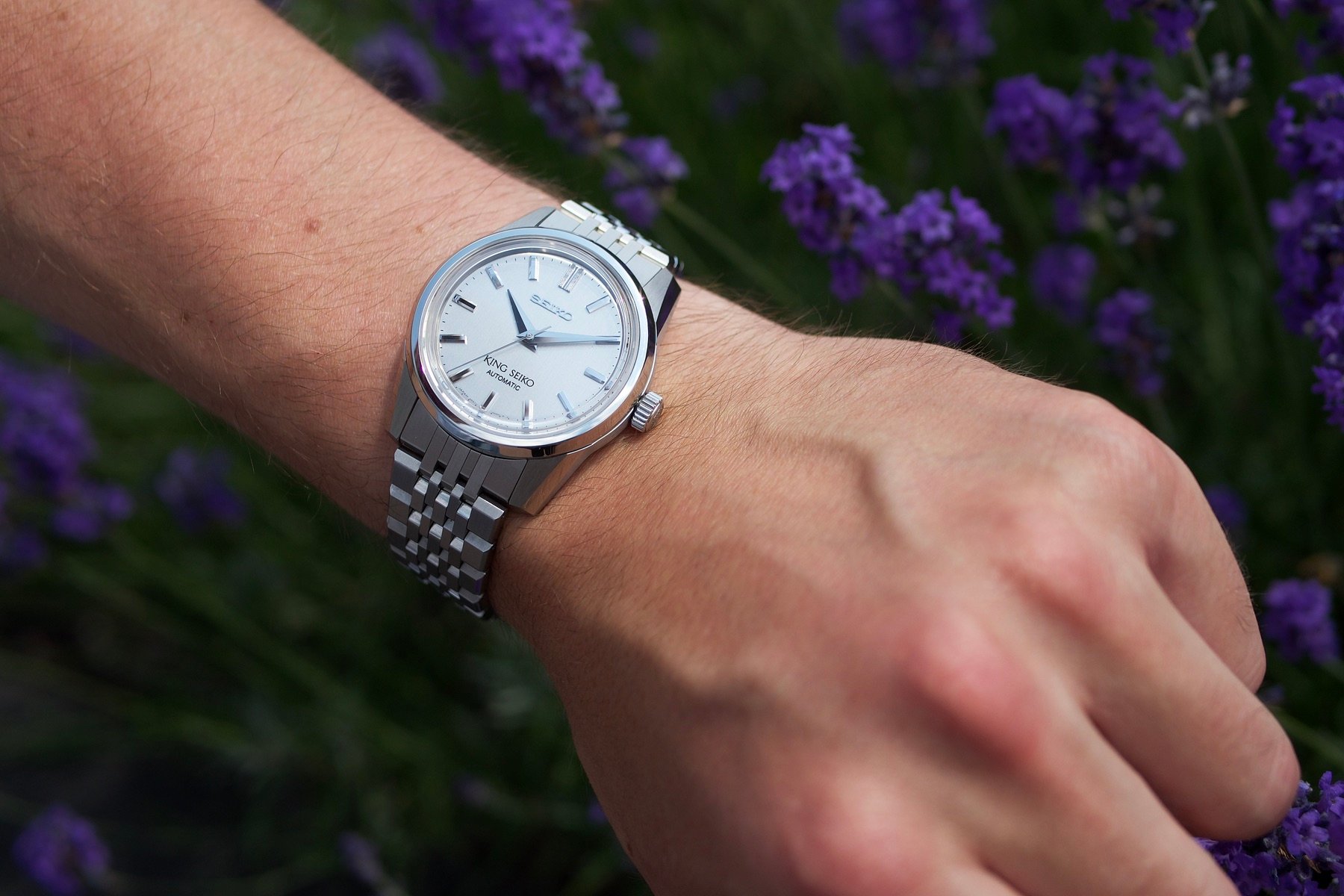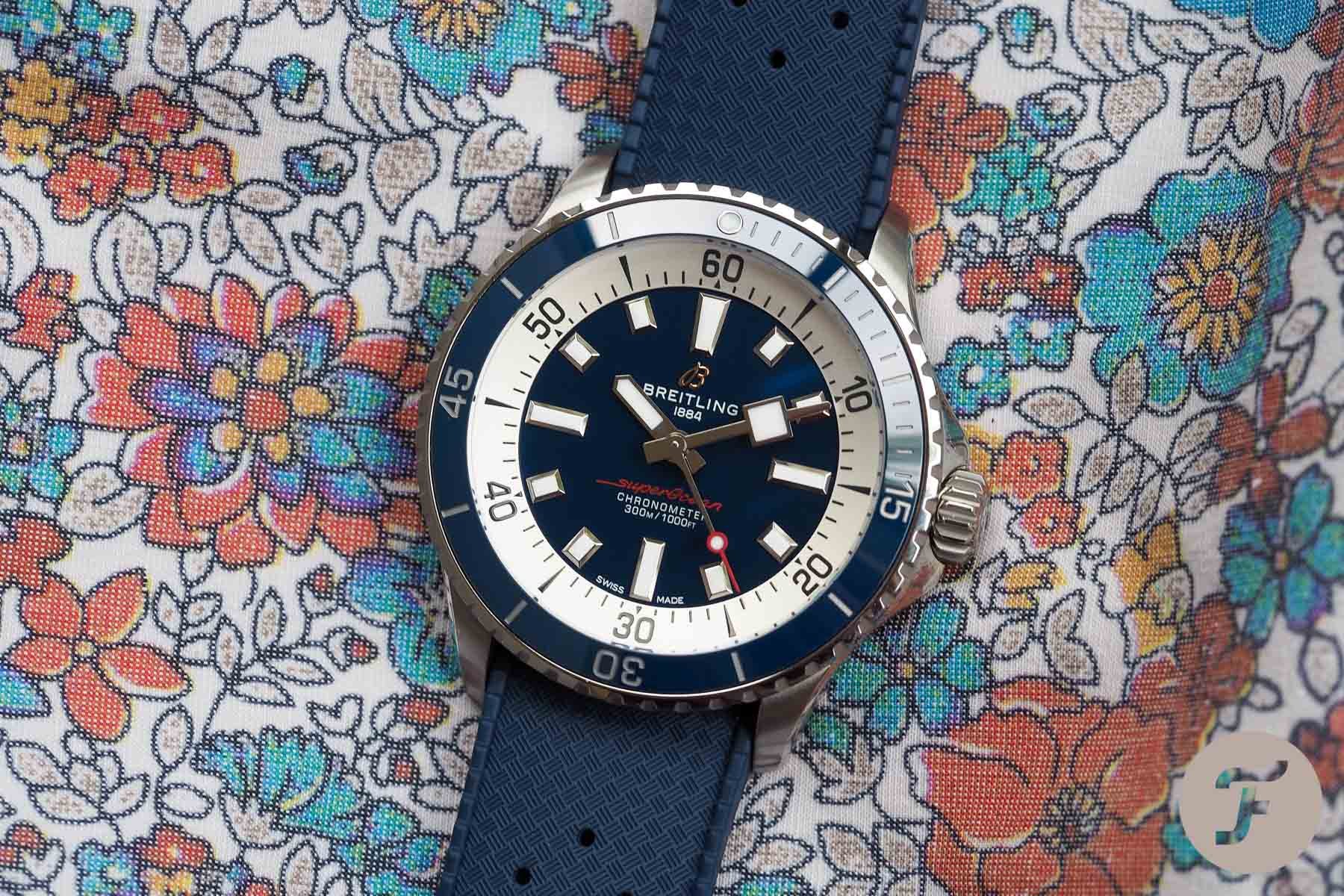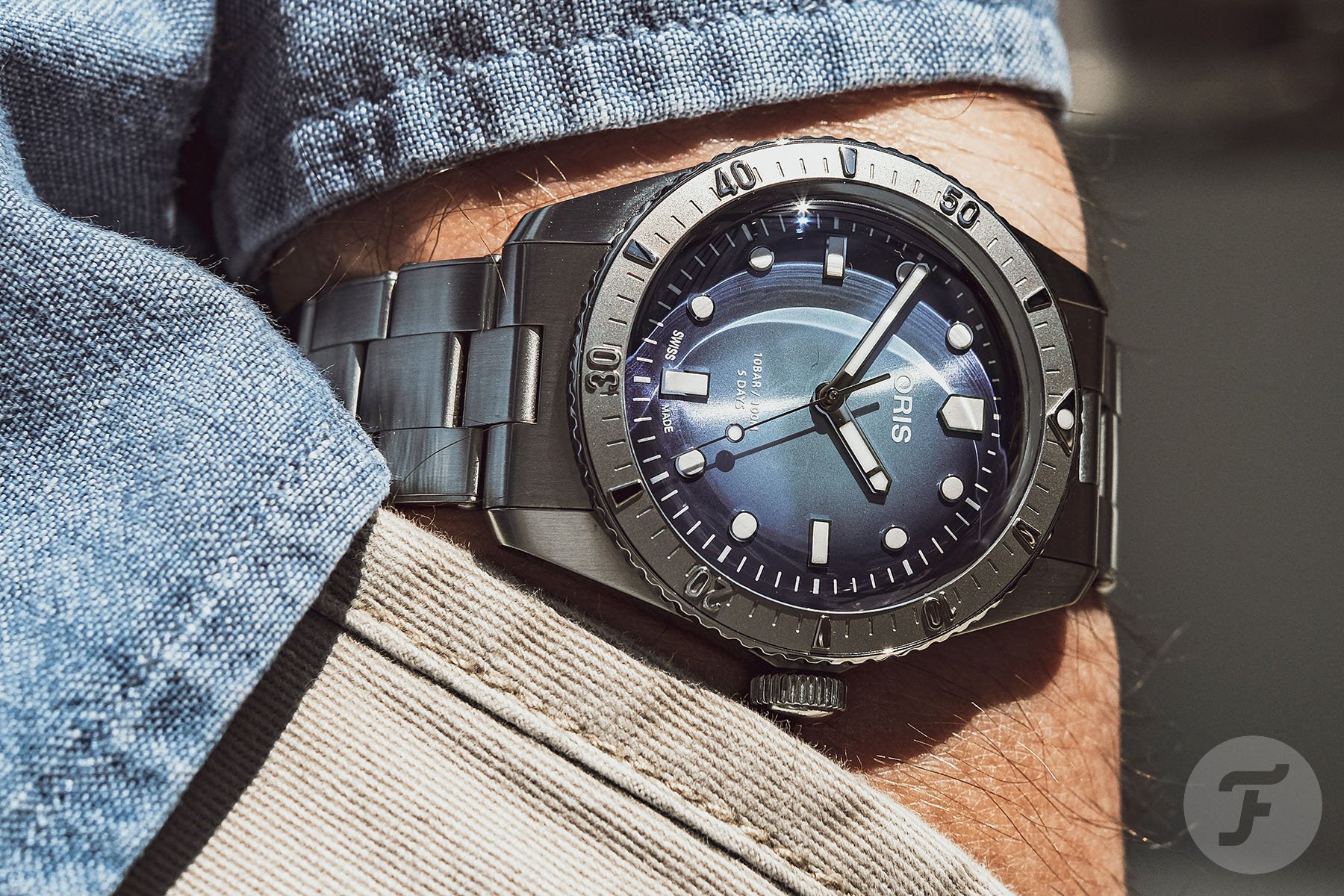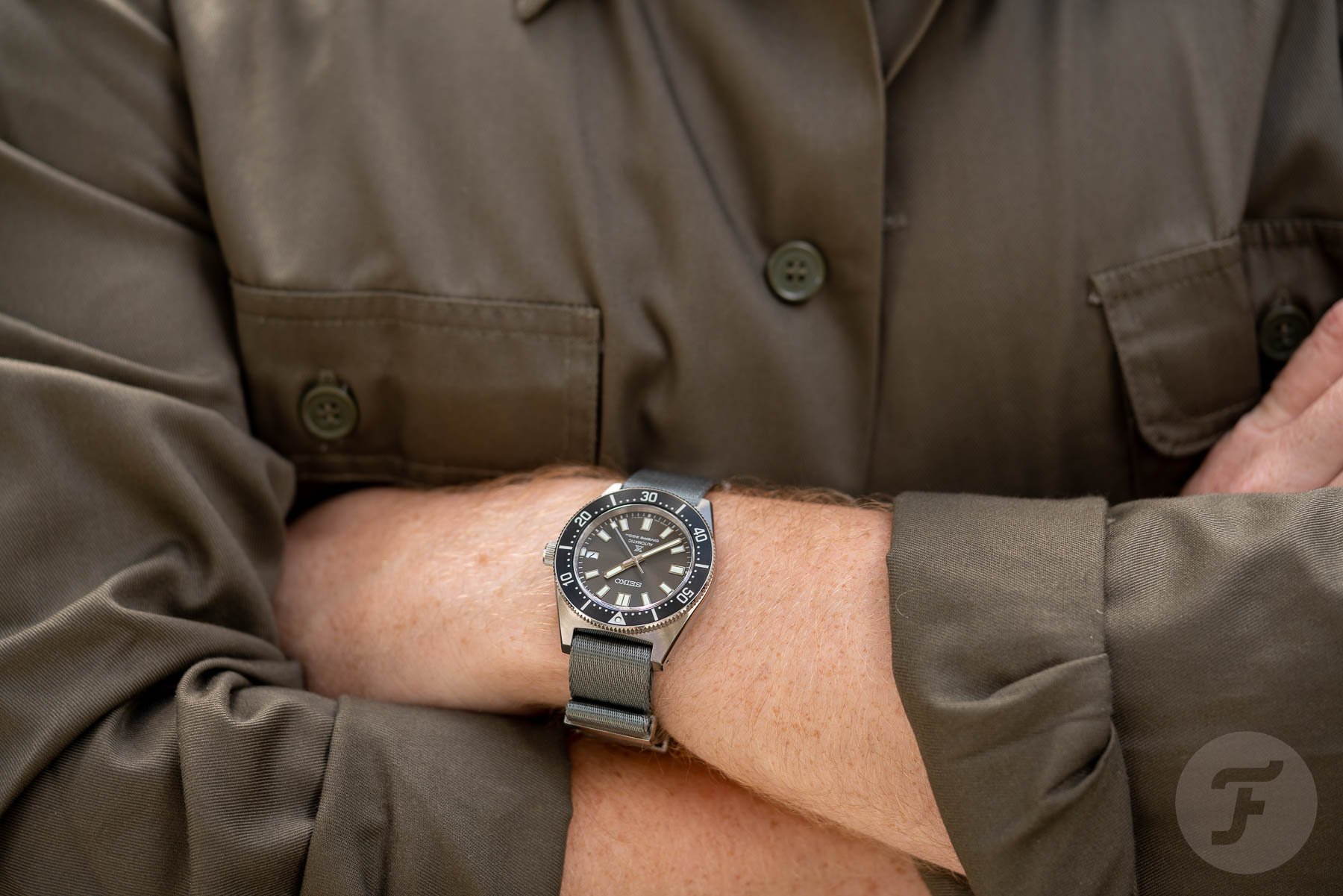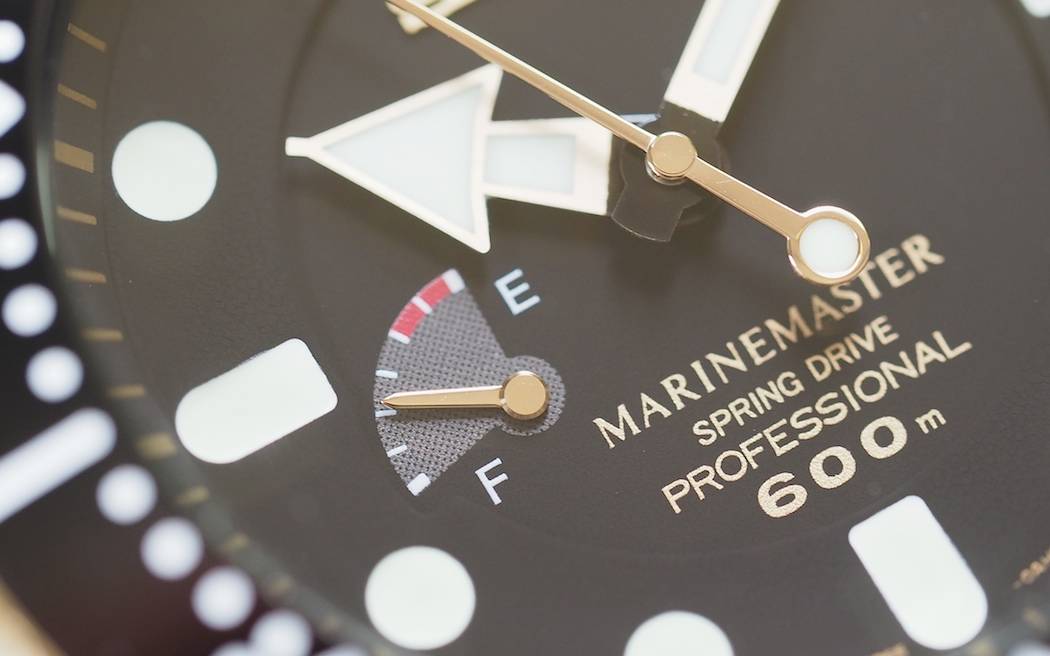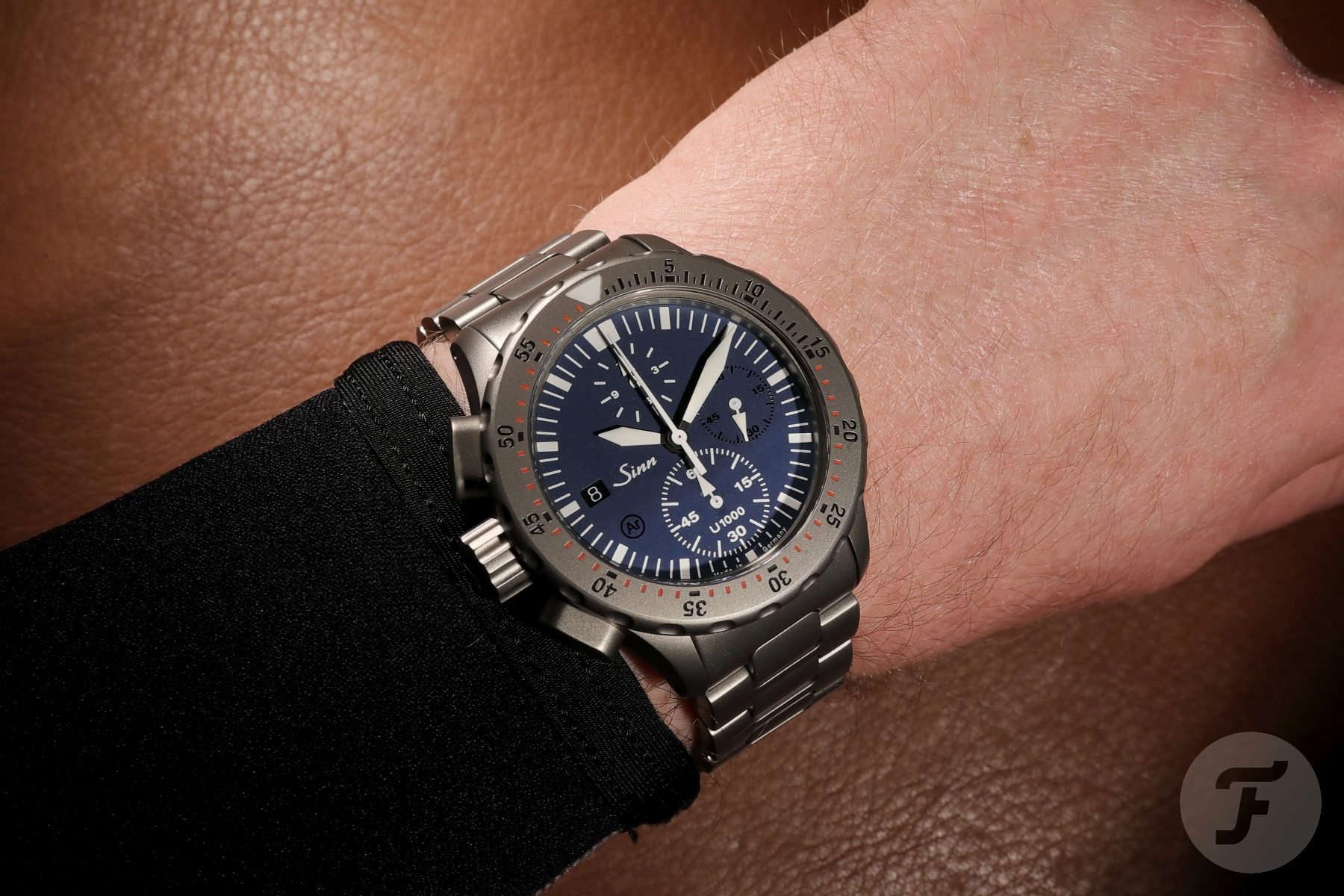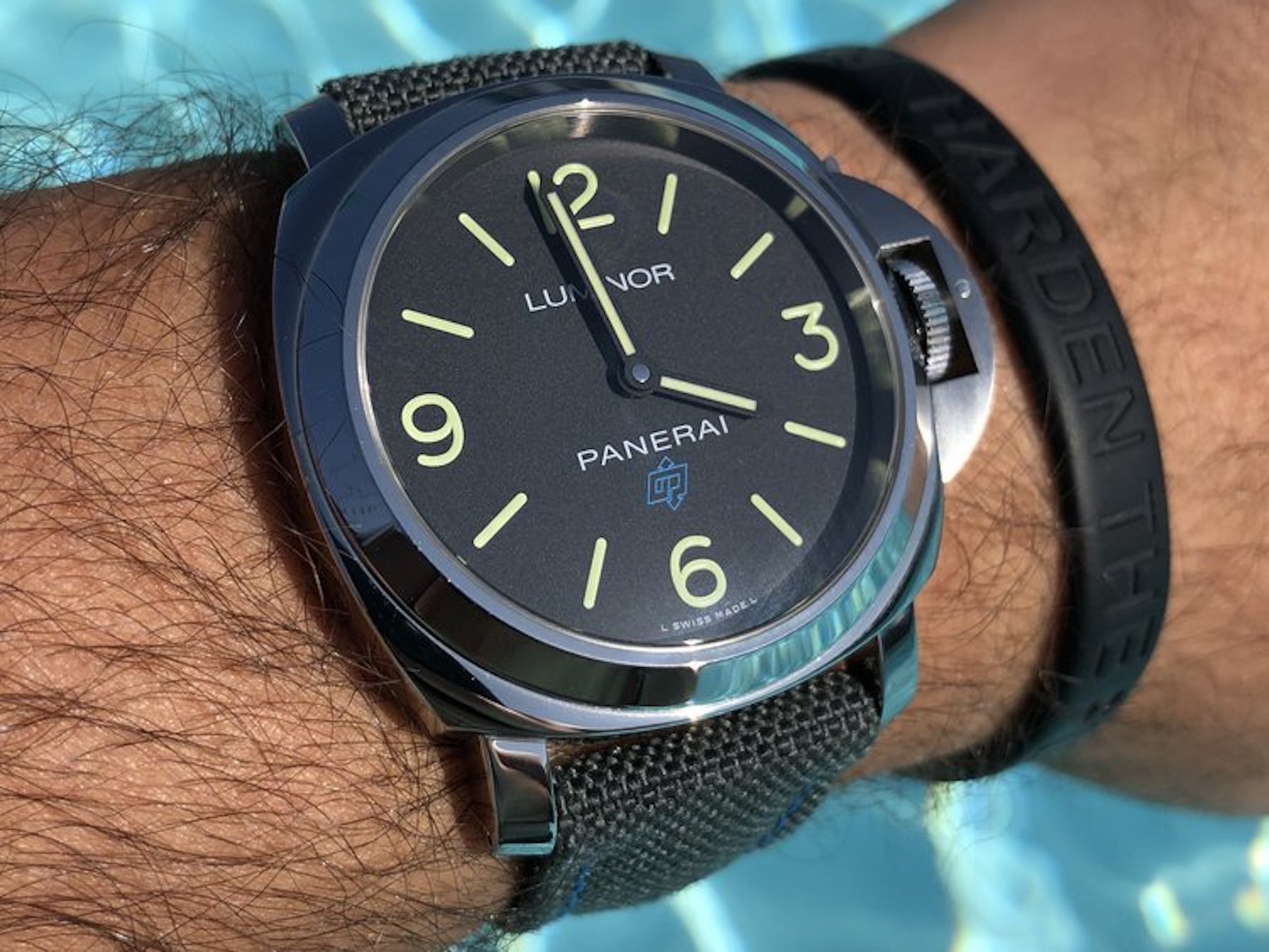Blinded By The Specs: How Much Do Water Resistance, Accuracy, And A Long Power Reserve Really Matter?
My dear Fratelli, we watch geeks have some introspection to do. We need to have a close look at our priorities. I hope you are up for that! Why? Because we need a shift in our focus. We might just be a little too preoccupied with the spec sheet. And that might just be hurting the joy we have in our lovely shared passion. Or I should say the joy we allow ourselves to have. I touched upon this in my Fratello Collector’s Week 2.0 article, and it seemed to resonate with some of you. So let me go into the matter in a little more depth today.
I would like to argue that a watch’s greatness is not in the spec sheet. Sometimes, upon browsing our comments section or other online watch media, I feel I am the only one. So let me make a case against the spec sheet here, and we’ll see where we stand.
The spec sheet — A natural result of a virtual world
Have you ever fallen for a watch in a boutique, right there on the spot? A watch that was not previously on your radar? I have. And I noticed that those occasions were entirely based on a gut feeling. If I decided to go for that watch, I would find myself completely oblivious about its specs. I would oftentimes not discover its diameter, water resistance, power reserve, and other details until I was back home.
However, this is not how we typically buy our watches nowadays. The more modern approach is to scour the interwebs, read reviews, watch videos, and scroll every single wrist shot on Instagram. As much as writers like myself try to convey the feeling of the watch, our writing can, at best, merely approach reality. Even pictures and videos rarely do watches justice.
The spec sheet, however, works just fine online. It is easy to compare and all too easy to judge. We have every single watch under the sun at our fingertips, just a few clicks or swipes away. And we can put them side by side and decide which is best. “Hold on, this one is 12.5mm thick, while that one is 12.3? Outrageous! How could they mess up like that?!”
But does the spec sheet really matter that much?
Here is the thing: the vast majority of watches are made to a standard high enough to survive your everyday life. They are also plenty accurate and convenient to operate. Why? Because that is what watches are designed for. To tell the time while being worn. While you do stuff.
But hold on, we are into “luxury” watches, right? Right. Anything more intricate than a Casio F-91W is a luxury watch. Why? Because what you are looking for is no longer something practical, but rather, an experience of sorts. Rare cases aside, you are looking for a certain je ne sais quoi. An intangible sensation. Something beautiful, inspiring, mesmerizing, and/or uniquely representative of your personal style. In short, something that makes you feel good, while reliably performing its time-telling task.
Anything more intricate than a Casio F-91W is a luxury watch.
Don’t get me wrong; we still want to know what a watch can do. We want to know how far we could potentially push it. And we want to know whether its price is in any way justified by its physical manifestation. The spec sheet is great for those evaluations. But once those boxes are ticked, my advice is to put the spec sheet aside as fast as you can. Let me provide some examples.
Useless spec #1: Water resistance
OK, the title of this section is exaggerated. It is actually good to know whether your watch can be taken into the water. But let me put it this way: anything under 10 ATM is best kept dry. Anything over 10 ATM is plenty for anyone but professional divers. All else is close-to-pointless nitpicking. I say “close-to” because there are rare exceptions where it matters. Most of the time, however, it really does not.
I see debates raging on about how a certain watch is rated to 20 ATM, while another is 30 ATM. First of all, that difference is functionally negligible for most of us. Second, it hardly tells you anything about the actual performance of the watch. As an average consumer, you cannot know whether your watch is built to be pressure tested under optimal circumstances to barely meet its spec or whether it is overbuilt to comfortably reach its spec under any circumstance. Therefore, you cannot put the two side by side like that. The only exceptions are ISO-certified dive watches, for which the criteria to meet are quite clear.
Furthermore, unless you get your seals inspected on a yearly basis, your watch is unlikely to perform to spec anyway. I would be way more comfortable with a recently serviced 20 ATM watch than with a neglected 50 ATM example.
Useless spec 2: Accuracy
I get it. The art of watchmaking is about the pursuit of accuracy. And yes, I do admire the fruits of that pursuit. You can surely wake me up in the middle of the night for a METAS-certified Omega or a crazy accurate quartz Grand Seiko. For most watches in our daily lives, however, accuracy does not really matter.
For starters, most of us watch freaks tend to switch watches. If you only wear your watch for a couple of days on end, even a deviation of a minute a day does not affect you. But, in any case, accuracy is in flux. Your watch might run +1 second per day right now, but put it back on the Timegrapher next year, and it might be -5 seconds per day. Do you now feel radically different about your beloved watch? Has it suddenly lost its entire appeal?
The calibers inside most of our watches are not all that special. Any machine-produced Japanese or Swiss ébauche is functional, but far from an artisanal mechanical work of art. Does it really matter whether it is 15 seconds or five seconds fast per day? And if so, ask your watchmaker for a tighter regulation next time you get it serviced. We tend to apply high-end purism to watches in general. That makes no sense. Put your Superlative Chronometer on a Timegrapher if it really excites you. Just enjoy the wearing experience of your Seiko Prospex. And if your life depends on 20 seconds, get a radio-controlled digital watch.
Useless spec 3: Power reserve
I come back to my earlier point of switching watches. A long power reserve is of importance in one scenario only: if you come back to the same watch with great regularity. Yes, it is indeed practical if your work watch is still running on Monday morning.
On the other hand, did we not consider ourselves watch aficionados? Is that little moment of attentive interaction with a watch in the morning not actually enjoyable? Is it such a hassle to give it a couple of winds and set the time and date? To hold it, look at it closely, and feel the gears through your fingertips as we operate those beautiful crowns? If that is a daunting prospect, may I recommend getting a simple watch winder? Get a solar-powered winder and never worry about power reserve again. And there’s no shame in buying quartz either.
A huge power reserve looks impressive on the spec sheet. Oftentimes, however, it is accomplished through compromise. An effective way to do it is by lowering the beat rate. But then that makes it harder to accomplish extreme accuracy. Oh no, the horror. The spec sheet is attacking itself!
Sure, I am exaggerating
Rest assured, my dear watch friends, I am well aware that I am overshooting the mark. Call it exaggeration for effect. I know that a depth rating can actually tell you something about the construction of a watch. I know that accuracy tells you about the attention to detail and level of commitment to watchmaking. And sure, a bigger power reserve is nicer, all other things being equal.
But none of this captures the soul of a watch. None of this tells you what that intangible sensation I mentioned earlier is like. None of this tells you about the experiential difference between this watch and that Casio F-91W (not hating on the Casio, by the way. I love that thing).
But none of this captures the soul of a watch.
So many watches get trashed online because something in the spec sheet is considered sub-par. Watch “lovers” judge and criticize each other on forums and in comment sections. “You got it wrong. Watch X is better.” It makes no sense. A watch is as good as the way it makes you feel. And nobody can decide that for you. I can write what a watch does for me. You can consider how that might translate for you. That is about as far as we can go.
Let your gut speak, not the spec sheet
I decided to take aim at three still relatively useful specs in this article, just to emphasize my point. But it gets even worse. How about case dimensions in millimeters with two (!) decimal points? How about the jewel count?
Sure, it is fun and informative to dive into such details when you are obsessing over a watch. But two seconds on the wrist tell you so much more. This is at odds with the current market development towards more online-only watch sales. Still, I hope brands, retailers, and media outlets like ourselves can find better ways of describing the watches than cold spec sheets. And I hope you use them only for a quick check, rather than the be-all and end-all of a watch’s worth.
To that end, I would love to know what you guys want to see. When you read about a watch on Fratello, what is the most useful information to you? And what is most enjoyable? Let me know in the comments below!
You can also find and follow me on Instagram: @time_travelers_journal
Article specifications:
- Words: 1,736 (This means it is a very good article)
- Images: 8 including header (Better than most articles)
- Paragraphs: 23 including introduction (Puts most articles to shame)
- Subheadings: 8 including spec sheet (Crazy)
- Publication date: September 19th, 2022 (Ultra rare. Most articles on the web do not have this publication date)
- Mood while written: Mildly grumpy but with a heart full of hope

